The Downlink • Sep 24, 2021
Supereruptions and psychedelia
Space Snapshot
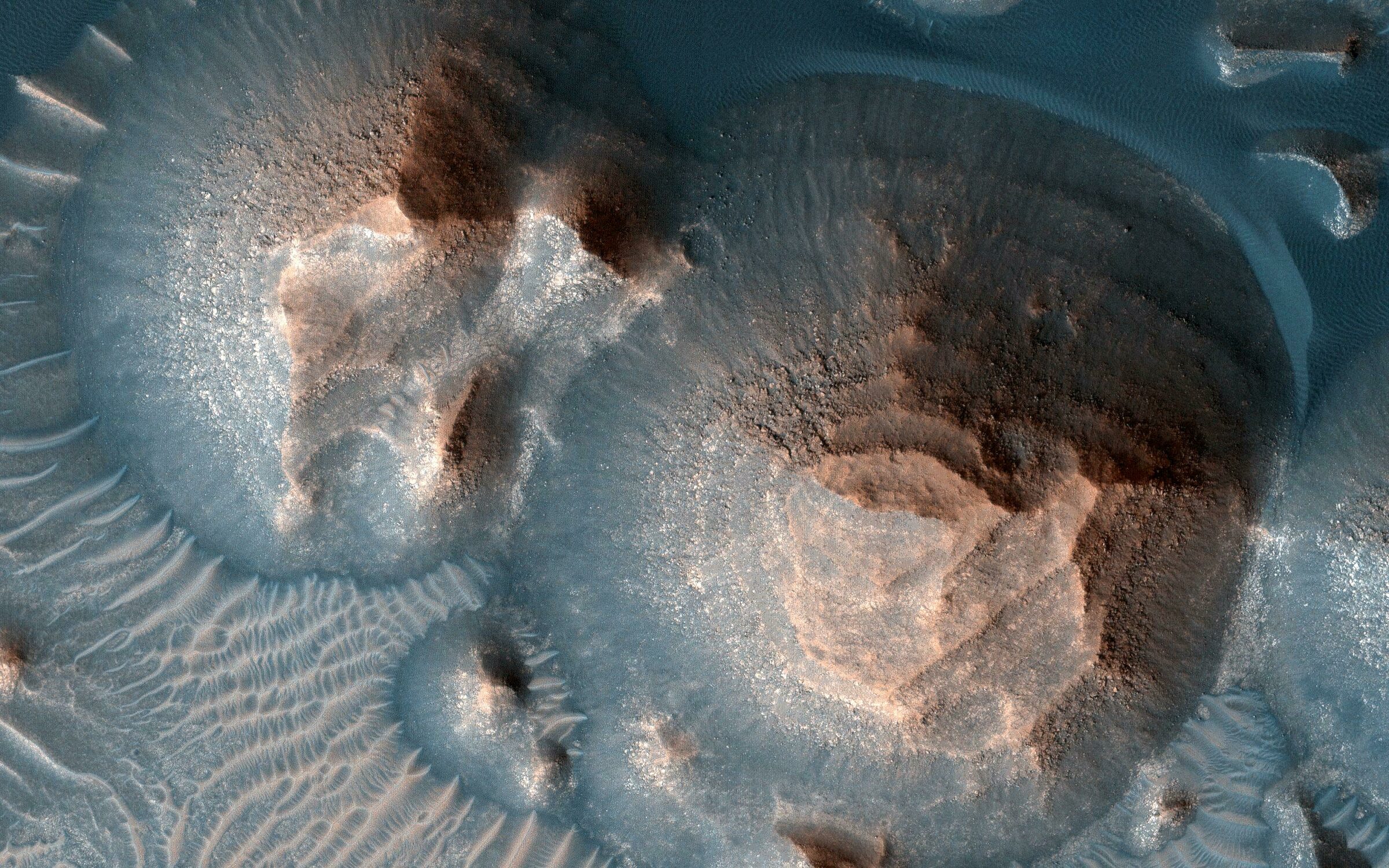
This photo from NASA's Mars Reconnaissance Orbiter shows part of a region of northern Mars called Arabia Terra. These formations were once thought to be impact craters, but further observation showed that they are calderas — remnants of collapsed volcanoes. Arabia Terra once had thousands of volcanoes capable of “supereruptions” that would have released enough dust and gas to block out sunlight and alter the planet’s climate for decades. It remains unknown how a planet as small as Mars could have had enough molten rock in its mantle to power thousands of super-eruptions in just this one area. Image credit: NASA/JPL-Caltech/University of Arizona.
You love space, now take action
This weekly newsletter is your toolkit to learn more about space, share information with your friends and family, and take direct action to support exploration. Anyone can subscribe at planetary.org/connect to receive it as a weekly email.
Mission Briefings
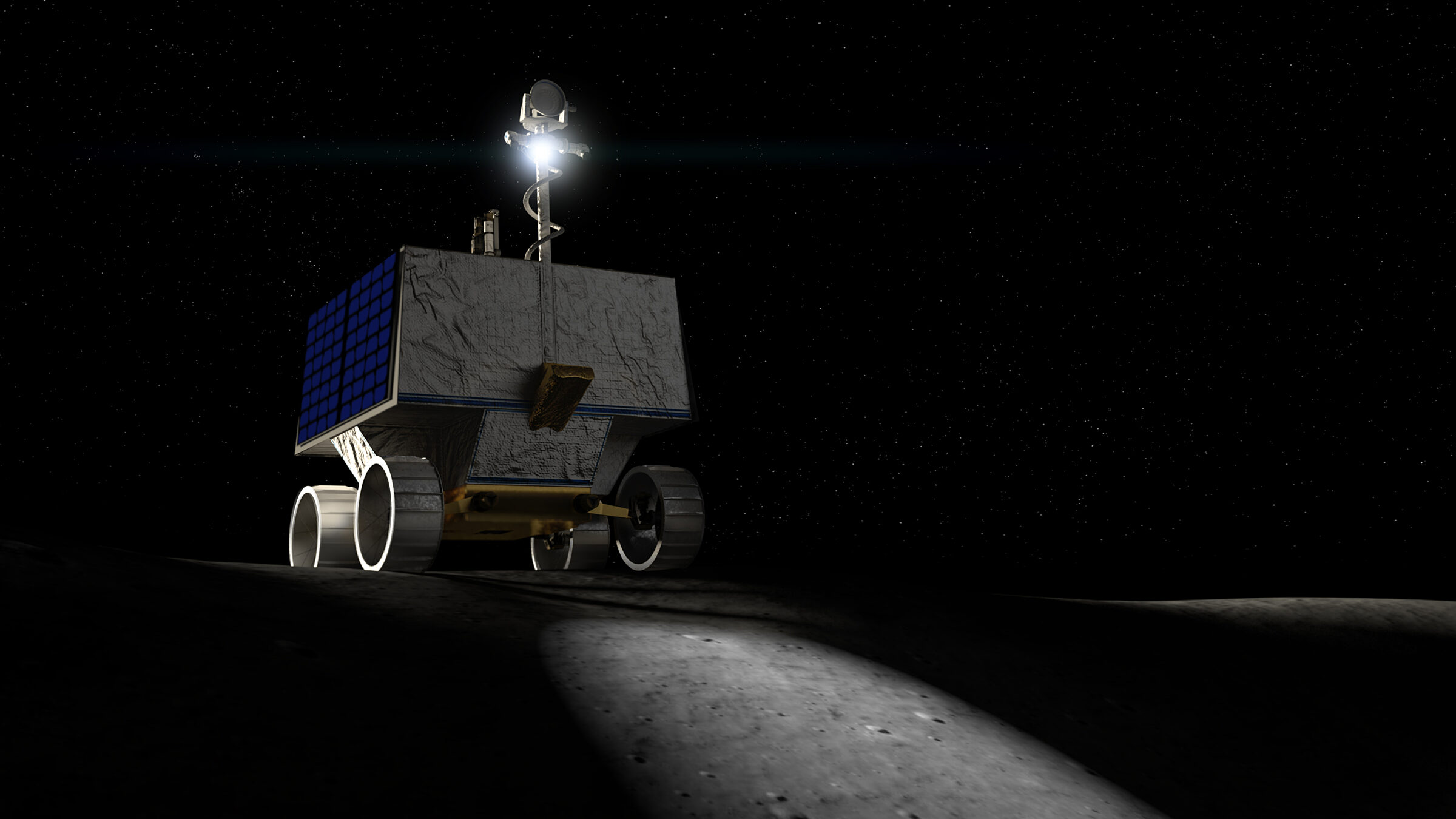

VIPER officially has a landing site. On September 20, NASA announced the rover — slated to launch in 2023 — will touch down in the western ridge of an impact crater on the moon’s south pole called Nobile Crater. VIPER (pictured above, credit: NASA) will map out this intensely cold, shadowy region and search for water ice and other resources.

After 90 days aboard China’s new space station, three astronauts are safely back on Earth. On September 17, the Shenzhou-12 crew — Nie Haisheng, Liu Boming and Tang Hongbo — touched down in the Gobi Desert after completing the first crewed mission on the Tianhe core module. A cargo craft has already arrived to prepare for the next group of astronauts onboard Tianhe; that crew is expected to be officially announced soon.

Against all odds, NASA’s Ingenuity is still flying high — but its biggest challenges may lie ahead. In a recent blog, Ingenuity’s Helicopter Chief Pilot Håvard Grip said the ‘copter’s five-flight mission was expected to wrap up shortly after it landed on Mars back in February 2021. Thirteen successful missions later, Ingenuity has far exceeded this goal. However, Grip said that due to seasonal changes on Mars, Ingenuity's next missions will be tougher: the rotorcraft will fly through much lower densities than it was designed to handle.
From The Planetary Society
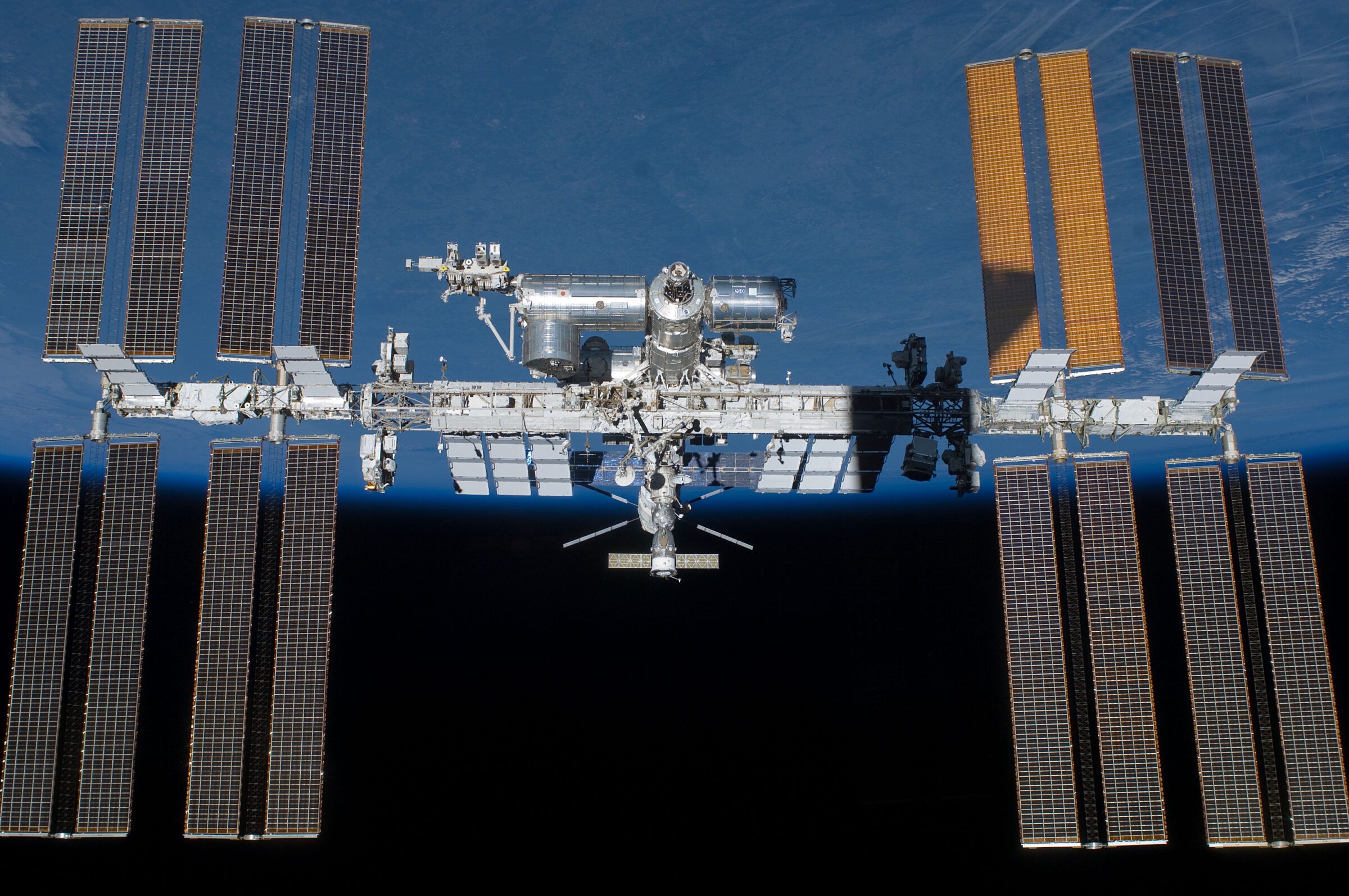

The International Space Station has been continuously occupied since November 2000. To date, 244 people have spent time living and working there. “The Wonderful” is a new documentary all about these people, from the crew who assembled the space station to its most recent inhabitants. Director and astronaut Cady Coleman joins this week’s Planetary Radio to share stories from the documentary and reflect on what it means to live off-planet.

Celebrate the best of Planetary Radio! Sept. 30 is International Podcast Day, and we’re proud to celebrate our weekly podcast and radio show, Planetary Radio, which has been on the air for 19 years. If you still haven’t caught the PlanRad bug or are a new listener, check out our list of 10 must-listen episodes. Thank you everyone who supports the show — we hope you enjoy listening as much as we enjoy making it.
What's Up
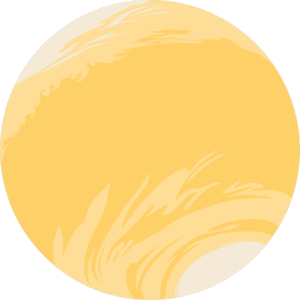
After sunset, look for Venus to the west with Mercury closer to the horizon. In the east, Jupiter shines brightly with Saturn to its upper-right. Learn more at planetary.org/night-sky.
Cement your love of space
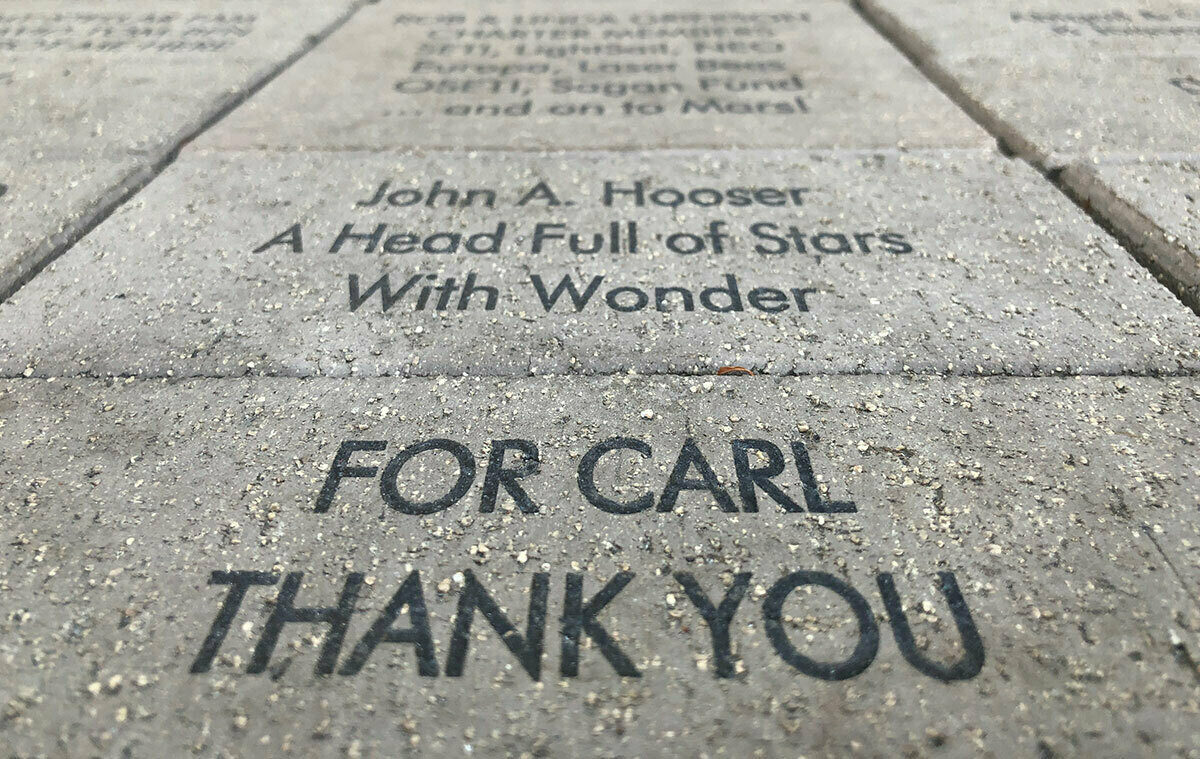
There’s no better way to make a permanent declaration of your love of space than to buy a custom brick at The Planetary Society’s headquarters. Our Buy a Brick program is a great opportunity to honor a family member or loved one, pay tribute to a favorite mentor, or say whatever you want about your passion for space science and exploration.
Wow of the Week
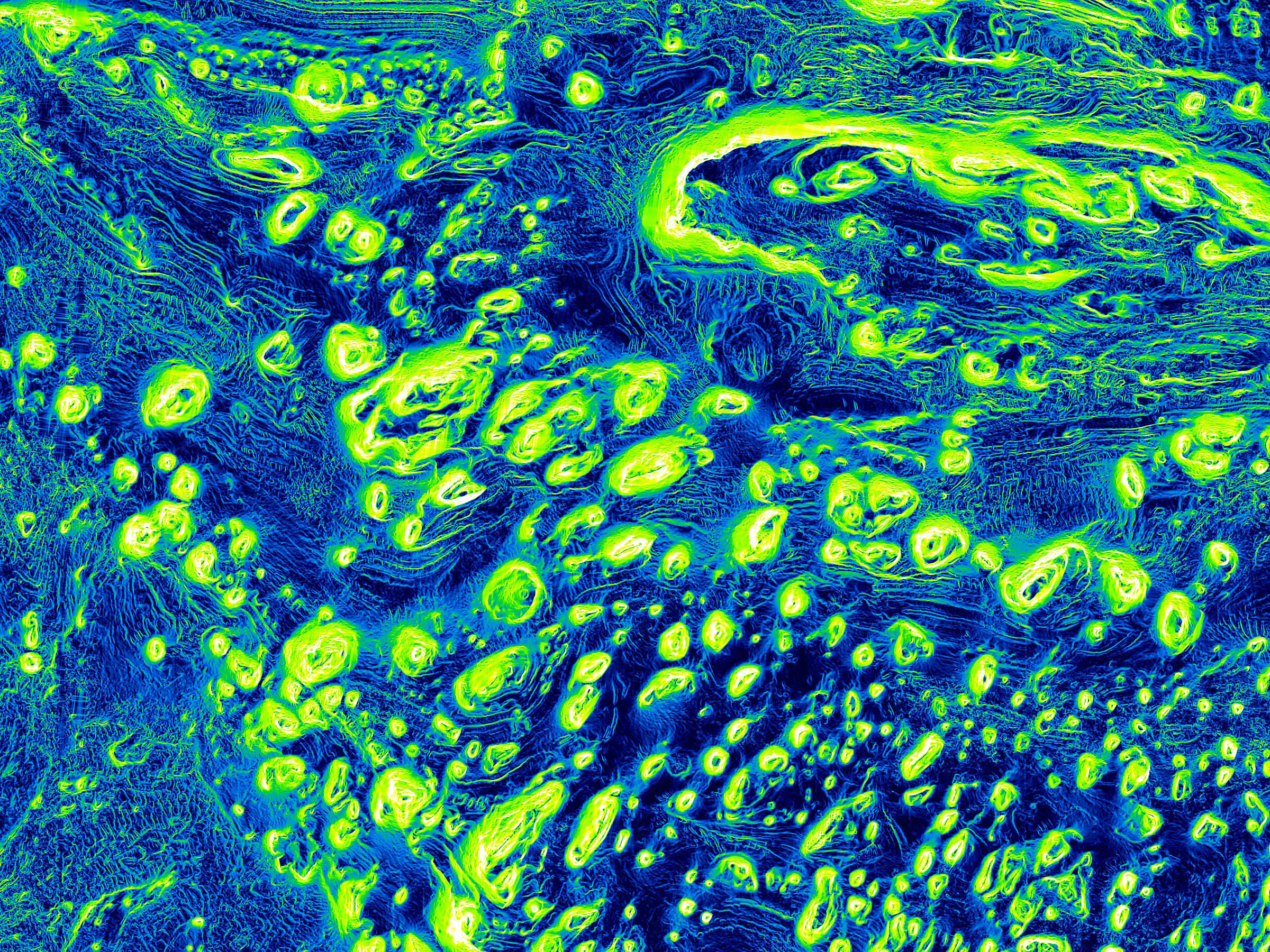
The cratered surface of Mars gets downright psychedelic in this mosaic made from images taken at infrared wavelengths in daytime and nighttime by the Thermal Emission Imaging System instrument on NASA's Mars Odyssey orbiter. It shows several large craters, including Sharonov crater (the largest crater visible on the left), which is 100 kilometers (62 miles) wide. Image credit: NASA/JPL-Caltech/University of Arizona.
We love to feature space artwork in the Downlink. If you create any kind of space-related art, we invite you to send it to us by replying to any Downlink email or writing to [email protected]. Please let us know in your email if you’re a Planetary Society member!


 Explore Worlds
Explore Worlds Find Life
Find Life Defend Earth
Defend Earth


